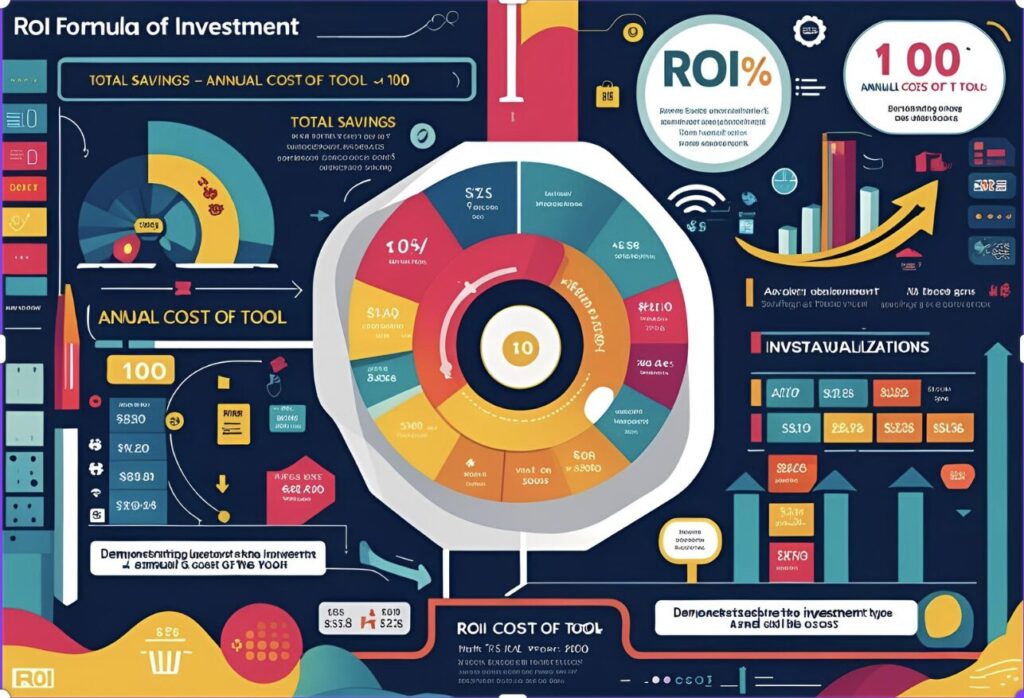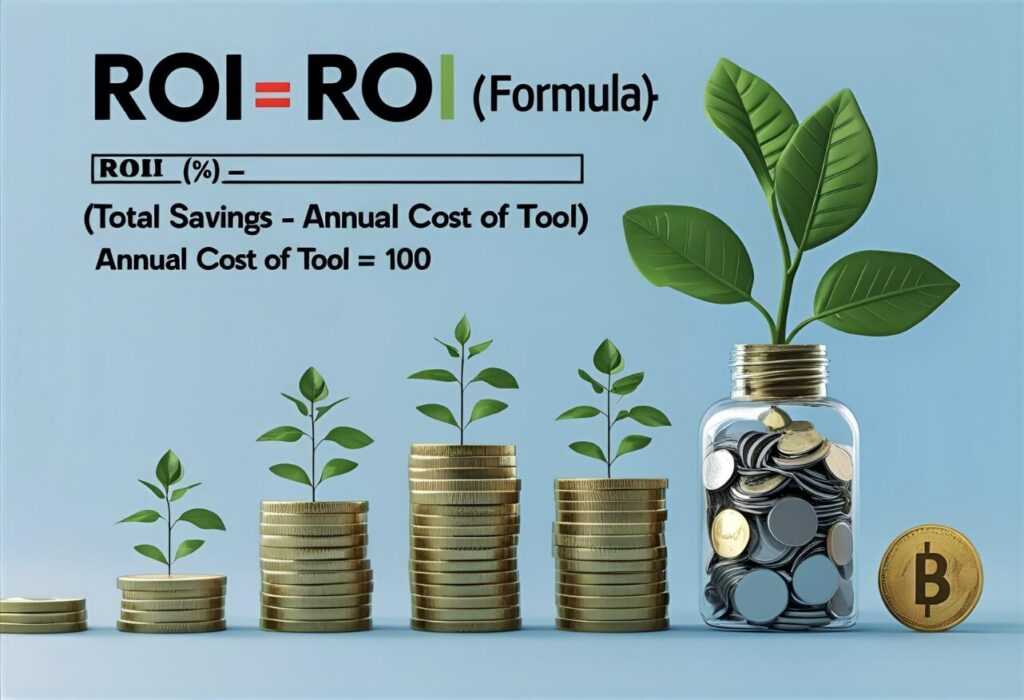Discover how automated accounts payable (AP) matching works, the benefits it brings, the tools that power it, and how to measure your return on investment (ROI).
Manual accounts payable matching is like trying to find mismatches in a 200-page ledger with nothing but a highlighter and coffee — slow, error-prone, and exhausting. With automated accounts payable matching, that process is transformed into a streamlined, accurate, and almost hands-free operation. Instead of hunting for missing invoices or chasing down unapplied credits, your team works only on exceptions — the few cases where human judgment is needed.
This post will break down:
- What automated AP matching is
- Why it’s worth the investment
- The tools that make it possible
- How to calculate ROI so you know it’s paying for itself
We’ll also link you to related guides so you can see exactly where automated AP matching fits in your overall AP process.
What Is Automated Accounts Payable Matching?
At its core, AP matching is about comparing supplier invoices, purchase orders (POs), and payment records to ensure everything aligns.

Automation takes this process and removes the manual steps:
- Ingesting supplier invoices and statements automatically
- Extracting data via OCR (optical character recognition) and AI
- Matching invoice lines to POs and goods receipts
- Flagging exceptions (e.g., mismatched quantities, incorrect prices)
- Routing exceptions for human resolution
For a primer on the matching process, read our What Is Statement Matching? article.
Key Benefits of Automated AP Matching
1. Time Savings
Manual matching can take days each month. With automation, it’s often reduced to hours — or even minutes — because the system processes hundreds of statements in parallel.
Example:
A retail AP team handling 500 supplier statements per month cut processing time from 7 days to 1 day using AP matching automation.
2. Improved Accuracy
Humans are prone to errors, especially in repetitive data entry tasks. Automation standardizes data formats and applies consistent matching rules, eliminating:
- Duplicate payments
- Missed credits
- Incorrect amounts
This directly reduces the risk of financial leakage.
3. Better Supplier Relationships
Fast, accurate payments build trust. Automation means fewer disputes, less back-and-forth, and suppliers getting paid on time — every time.
4. Real-Time Exception Management
Instead of discovering issues during month-end, exceptions are flagged immediately. This gives your team time to resolve problems before they impact reporting or payment schedules.
5. Enhanced Audit Readiness
Automated systems log every action — every match, every exception, every resolution. When auditors ask for supporting evidence, you can produce it in seconds.
The Tools That Power Automated AP Matching
While the features vary between providers, the most effective AP matching tools share several capabilities:
a. Data Capture & OCR
- Reads PDFs, Excel, or scanned paper invoices
- Uses AI to identify supplier, invoice number, line items, amounts
b. Matching Engine
- Runs 2-way or 3-way matches between invoices, POs, and receipts
- Flags partial matches or mismatches instantly
c. Exception Handling
- Routes discrepancies to the right team member
- Tracks resolution history for audit purposes
d. Integration with ERP/Accounting
- Syncs directly with your ERP (e.g., SAP, Oracle, NetSuite)
- Updates ledgers automatically after match confirmation
e. Reporting & Analytics
- Tracks number of matches, exceptions, resolution times
- Monitors supplier performance over time
You can’t walk into a boardroom, wave your hands, and say “it feels faster.” That’s not a business case — that’s an opinion. Opinions don’t move budgets. Numbers do.
If you want senior leadership to buy in, you need to present a clear, quantifiable financial case for automation. Not just “it works,” but “here’s exactly how much money it puts back into our business — month after month, year after year.”
Here’s the framework we use with our clients to justify and measure AP automation ROI in a way that earns immediate credibility and accelerates decision-making.

1. Time Saved → Direct Labor Cost Reduction
Start with something tangible: hours.
Measure exactly how many staff hours are currently spent on manual statement matching — and how many those same processes require after automation.
Don’t just estimate.
Track it for a month, then multiply the difference by your AP team’s fully loaded hourly rate (salary + benefits).
Example:
If your team saves 200 hours a month at an average cost of $25/hour, that’s $5,000 saved every month. Annualized? $60,000 in cost reduction. That’s just from freeing up people’s time — not cutting staff, but redeploying them to higher-value work.
This is why automation isn’t about “cutting people.” It’s about buying back their time so you can use their expertise where it actually matters — resolving disputes, strengthening supplier relationships, and preventing problems before they start.
2. Errors Prevented → Cash Leakage Stopped
Time is money, but mistakes are even more expensive.
Duplicate payments, missed credits, and invoice mismatches all represent direct cash leakage — money that should stay in your business but walks out the door because your process can’t catch it in time.
The fix? Automated exception detection.
A robust statement matching engine flags probable duplicates instantly, catches unapplied supplier credits, and stops you from paying the same invoice twice.
Example:
If you eliminate $50,000/year in duplicate payments and recover $15,000/year in missed credits, that’s $65,000 in pure, no-strings-attached ROI. That’s cash you never have to chase down again.
3. Early Payment Discounts → Strategic Cash Advantage
Most AP teams lose early payment discounts for one simple reason: the matching process takes too long. By the time you’ve reconciled statements and cleared exceptions, the discount window has closed.
Automation changes that.
Faster matching means invoices get approved and paid sooner, unlocking discounts that vendors are happy to offer for faster payment. These aren’t pennies — for large volumes, the savings compound quickly.
We’ve seen clients turn a slow, reactive AP process into a discount-earning engine — shaving 1–2% off major supplier costs simply by moving faster. That’s margin improvement without renegotiating a single contract.
4. Audit Cost Reduction → Ongoing Compliance Savings
Audits are stressful because the prep work is manual, scattered, and inconsistent. Every minute you spend digging through mismatched records is time you’re paying in overtime, or in external auditor hours.
When your matching process is automated, your records are already reconciled, consistent, and searchable. Instead of a three-week fire drill, you can hand over an audit-ready ledger in hours.
We’ve watched clients cut audit prep time by 70%, saving tens of thousands in overtime and reducing the billable hours charged by their external audit firm.
Putting It All Together
When you present these numbers, you’re no longer asking for automation — you’re showing leadership they can’t afford to keep running without it.
- Labor savings: $60,000/year
- Error prevention: $65,000/year
- Early payment discounts: $20,000–$50,000/year (varies by volume)
- Audit cost reduction: $10,000–$30,000/year
Even at conservative estimates, you’re talking six figures in annual ROI — with upside that continues to grow as volume scales.
And here’s the real kicker: these gains are predictable. Once you build the system, you get the benefit every month, without extra effort. That’s why we say automation isn’t an expense — it’s an asset.
ROI Formula:

ROI (%) = (Total Savings – Annual Cost of Tool) ÷ Annual Cost of Tool × 100
If your tool costs $24,000/year and saves $120,000/year, your ROI is 400%.
Case Study
A manufacturing company implemented automated 3-way matching across 1,200 suppliers.
Results in first year:
- 85% reduction in processing time
- $72,000 in recovered credits
- $40,000 saved via early payment discounts
- ROI: 430% in 12 months
Frequently Asked Questions
Q1: What’s the difference between 2-way and 3-way matching?
2-way matches invoices to POs. 3-way adds goods receipt verification for extra accuracy.
Q2: Can small businesses benefit from AP matching automation?
Yes — even teams processing 50–100 invoices/month can see significant time savings.
Q3: How long does implementation take?
Typically 4–8 weeks, depending on ERP integration complexity.
Q4: Is it secure to automate AP matching?
Yes — reputable tools use encryption, access controls, and full audit logs.
Conclusion
Automated accounts payable matching isn’t just a nice-to-have — it’s a competitive advantage.
It saves time, reduces errors, strengthens supplier relationships, and creates a clear, defensible audit trail.
With the right tools and a clear ROI framework, you can make the business case, implement efficiently, and start seeing payback in months — not years.
Next Step: See our AP matching automation tools in action and calculate your potential ROI.
